Mechanism of action of GABA-A, GABA-B and GABA-C. Allosteric modulators. Action of Benzodiazepines (benzos) and Flumazenil. This video is available for instant download licensing here: https://www.alilamedicalmedia.com/-/galleries/narrated-videos-by-topics/basic-neurobiology/-/medias/adc68490-5006-417c-a074-443af62dee15-gaba-receptors-and-gaba-drugs-narrated-animation Voice by: Sue Stern ©Alila Medical Media. All rights reserved. Support us on Patreon and get FREE downloads and other great rewards: patreon.com/AlilaMedicalMedia Gamma-aminobutyric acid, or GABA, is the primary INHIBITORY neurotransmitter in the mature brain. It REDUCES neuronal activity of target cells through its binding to GABA receptors present on the cell surface. Nearly half of all synapses of the brain express some kind of GABA receptor and are thus responsive to GABA. There are at least 3 types of GABA receptors: GABA-A, GABA-B and GABA-C. GABA-A and GABA-C are ligand-gated chloride channels. Upon transmitter binding, they open and allow chloride ions to flow into the neuron, making it more NEGATIVE, or HYPER-polarized, and thus LESS likely to generate action potentials. GABA-B acts through a G-protein to activate potassium channels, which allow positively-charged potassium to flow OUT of the cell, again resulting in membrane HYPER-polarization and a subsequent decrease in neuron responsiveness. GABA is believed to play a major role in controlling neuronal hyperactivity associated with fear, anxiety and convulsions. GABA-A receptor is composed of 5 protein subunits. In addition to binding sites for GABA, it has allosteric binding sites for other substances known as GABA modulators. These are molecules that can INCREASE or DECREASE the action of GABA, but have no effect in the absence of GABA. For example, benzodiazepines, a class of drugs used to treat anxiety, bind to GABA-A receptor and facilitate its binding to GABA, thus potentiating GABA inhibitory effect. Other positive modulators include barbiturates, alcohol, propofol, among others. Examples of negative modulators are convulsants, such as Flumazenil. Flumazenil reverses the effects of benzodiazepines by competing with them at the same binding site on GABA-A. All images/videos by Alila Medical Media are for information purposes ONLY and are NOT intended to replace professional medical advice, diagnosis or treatment. Always seek the advice of a qualified healthcare provider with any questions you may have regarding a medical condition.
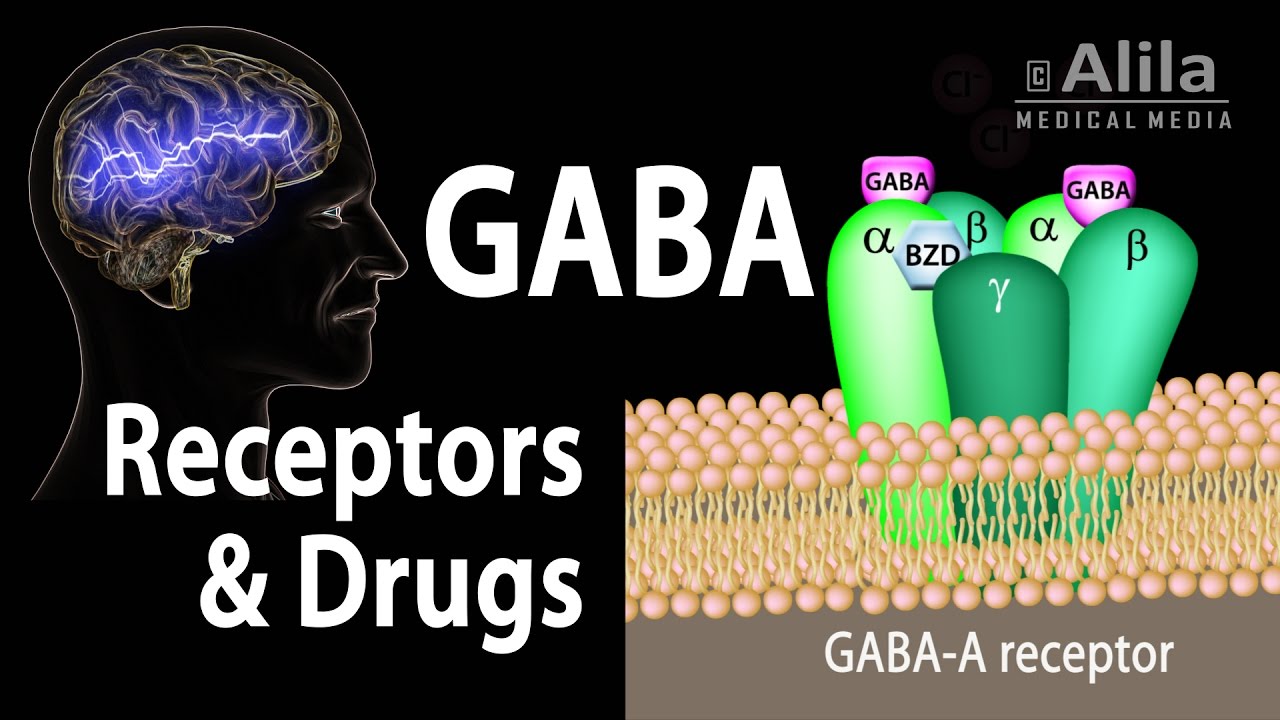
Neuroscience Basics: GABA Receptors and GABA Drugs, Animation
- Post author:
- Post published:May 25, 2021
- Post comments:0 Comments
You Might Also Like

BUILD A BIGGER CHEST – How To Bench Press With Your Pecs

Bowen Therapy Video – 1
Shrugs-8

What are Carbohydrates?
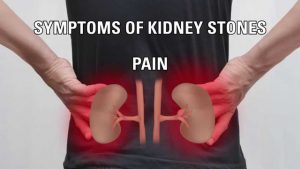
What are kidney stones, what causes them, and how do I prevent them?

Fat Burning Hormone – Glucagon And Fat Loss

Cheapest Source Of Protein & Carbohydrates – To Make Muscles & bodybuilding supplements

What is Aerobic Exercise?

23 Pelvis Normal Positions of Uterus
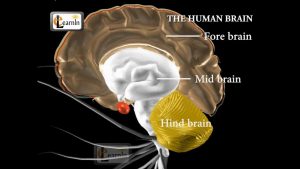
Human brain and its parts – Biology

Static Quadriceps Exercise, Correct technique (Isometric Quads)

Shawn Rhoden’s Overhead Dumbbell Tricep Extension

Triceps Dips-10

Spa Treatments Video – 1

Lat Workout Tips: Proper Lat Pulldown Form

Law 8: Fat is Back | 10 Laws Of Muscle-Building

Goodmorning-2

Cardiac surgery Video – 1

Cable One Arm Lateral Raise – Shoulders Exercise

Alternating Knee Touches Stability Ball
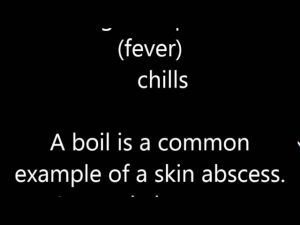
Abscess Symptoms
Latissimus Dorsi Bent Over Row-11

What is BMR ? BMR means what ?

Sport Meaning

Educational Psychology Video – 4

Definition Fitness – Muscle Building Arm Routine
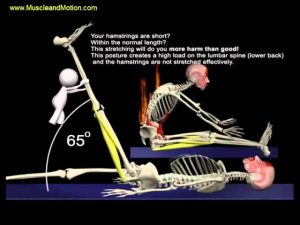
The Proper Technique for the Seated Hamstring Stretch: 3D Animation of Muscles in Motion

Muscle Building Workout & Squats Video – 13

Intermittent Fasting & Fasting Video – 6

Blood Glucose Testing

Yoga Guide Video – 3
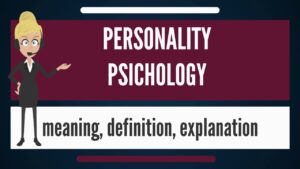
Personality Psychology Video – 1

Do This AFTER Every Workout! (NON-NEGOTIABLE)
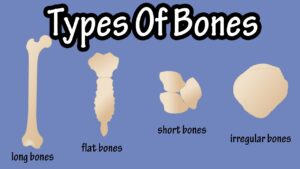
Types Of Bones In The Human Body – Long Bones – Short Bones – Flat Bones – Irregular Bones

Gymnastics Video – 2

Leg Extensions Without a Machine : Workouts & Exercise Routines
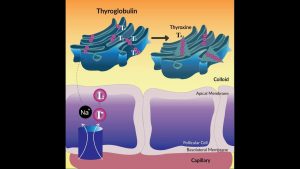
Thyroid Hormone Synthesis

List Of Foods To Avoid During Pregnancy – Foods & Beverages to Avoid During Pregnancy

Meaning Scope Importance of Physiology of excercise

Nursing Pharmacology – Beta Blockers!!

Keto Diet, Keto Foods, Keto Recipes Video – 6

